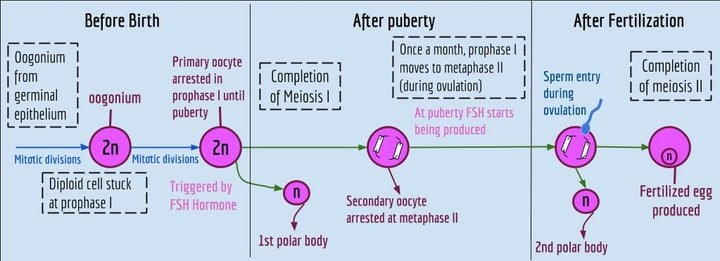Sorry to geek out but Nate Grey and Cable are not alternate versions of each other.
To be an alternate they would have to be born from the same mother.
But you say, Madelyne Pryor is a clone of Jean Grey.
Yes true, genetically the same.
BUT
I give you this: ovum are not cloned. As the foetus develops so does the eggs. And this is a COMPLETELY randomised shuffling of DNA
Hence its exceedingly unlikely that Nate Grey(though he looks similar) is the alternate copy of Cable.
Thank you for attending my Ted Talk, you may now have at it with the throwing of rotten fruit, I stand by my conclusions.
But you say, Madelyne Pryor is a clone of Jean Grey.
Yes true, genetically the same.
BUT
I give you this: ovum are not cloned. As the foetus develops so does the eggs. And this is a COMPLETELY randomised shuffling of DNA
Hence its exceedingly unlikely that Nate Grey(though he looks similar) is the alternate copy of Cable.
Thank you for attending my Ted Talk, you may now have at it with the throwing of rotten fruit, I stand by my conclusions.





